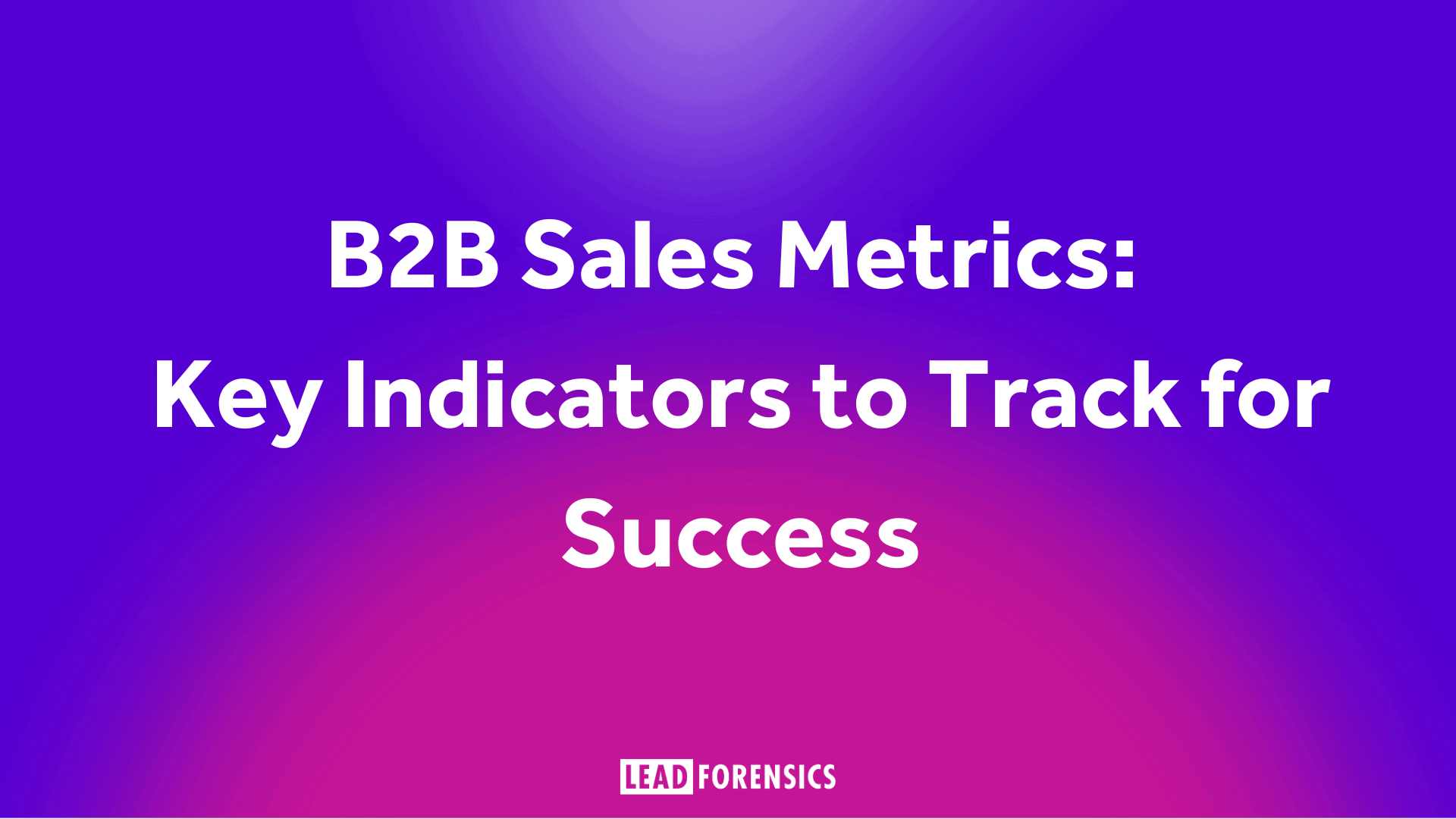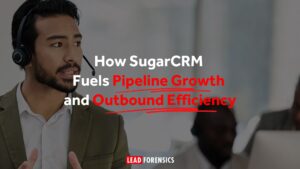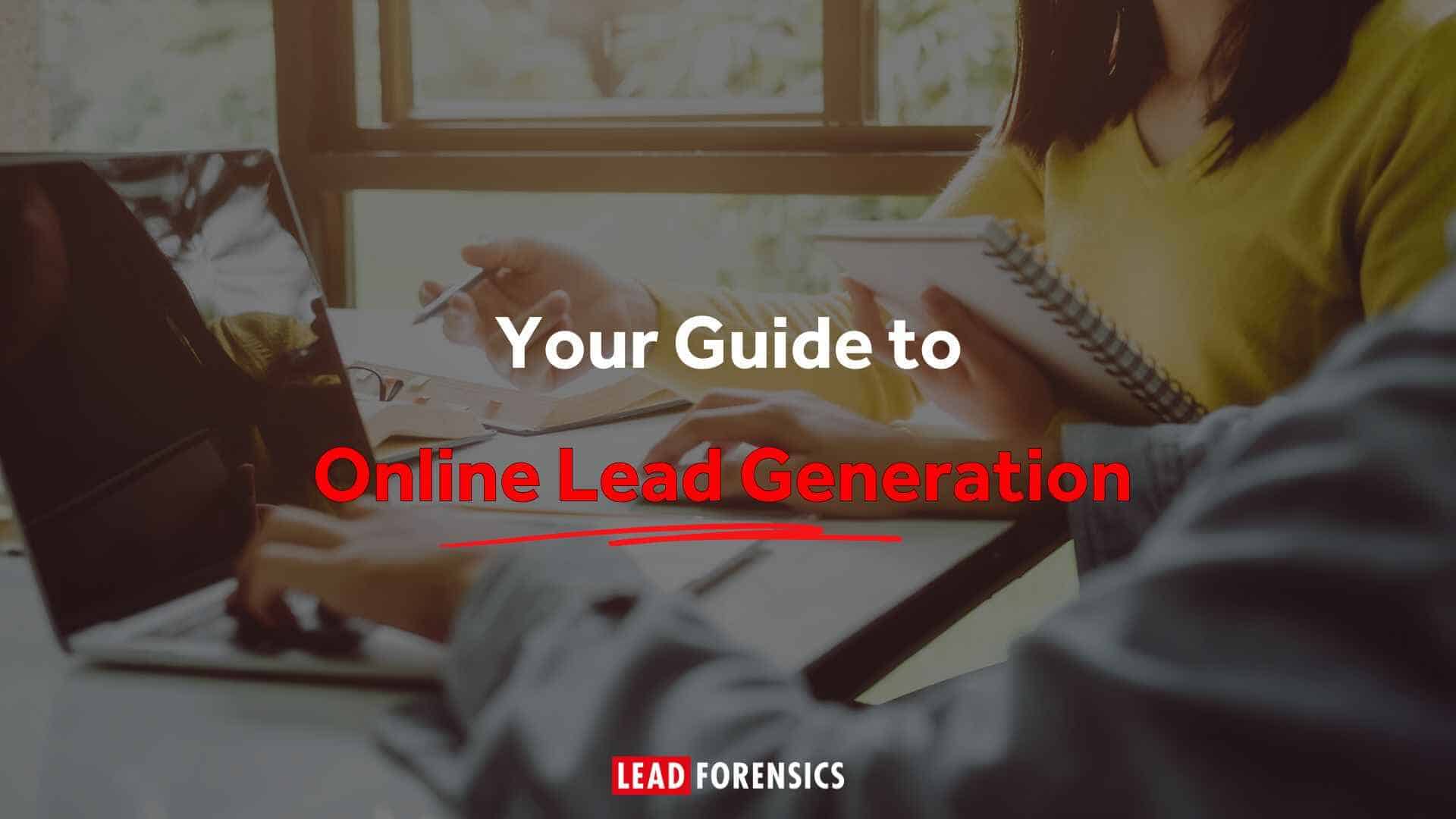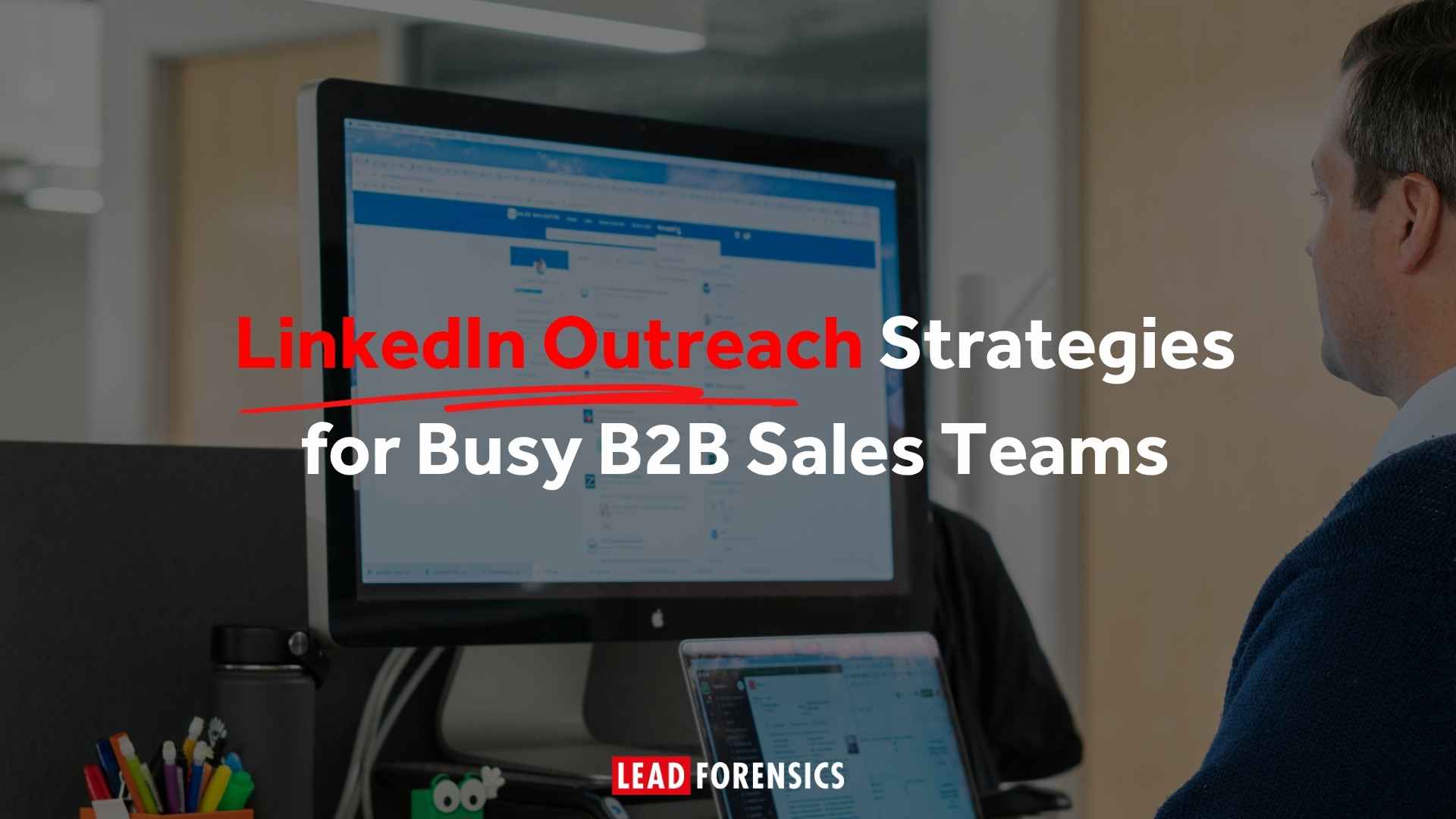But how do you navigate this overwhelming landscape and ensure your sales team is top-notch? The answer lies in data – specifically, tracking the right B2B sales metrics.
Think of sales metrics as your compass and map. They provide valuable insights into the effectiveness of your sales strategies, pinpoint areas for improvement, and ultimately guide you toward achieving your revenue goals. It’s different from sales funnel metrics, which specifically looks at the health and performance of your pipeline.
Here’s the not-so-secret truth: businesses that consistently track and analyze key sales metrics outperform those that don’t. In fact, a study by CSO Insights revealed that companies that excel at sales forecasting are 6 times more likely to achieve their revenue goals.
So, which B2B sales metrics should you be tracking?
We’ve got you covered. We’ll delve into the essential metrics across different stages of the sales funnel, along with actionable tips to leverage this data for maximum impact.
B2B Sales Metrics: A Deep Dive
1. Sales Activity Metrics
These metrics provide a snapshot of your sales team’s day-to-day activities and their efficiency in generating leads and nurturing prospects.
Key metrics to track include:
-
Number of Calls Made/Emails Sent: This measures the sheer volume of outreach efforts. While high numbers are good, ensure quality interactions are prioritized.
-
Average Call Length/Email Response Time: These metrics showcase the effectiveness of communication. Aim for concise, yet informative calls and prompt email responses to keep prospects engaged.
-
Meeting Setting Rate: Tracks the success rate of scheduling meetings with potential clients. Analyze reasons for low meeting setting rates to identify areas for improvement.
Pro Tip: Utilize sales automation tools to streamline communication tasks, freeing up valuable time for relationship building.
2. Lead Generation Metrics
These metrics track the effectiveness of your efforts in attracting new potential customers.
Here’s what to monitor:
-
New Leads by Source: Identify which marketing channels (e.g., social media, content marketing) generate the most qualified leads. Allocate resources accordingly to optimize lead generation efforts.
-
Lead Conversion Rate: This measures the percentage of leads that convert into qualified sales opportunities. A low conversion rate indicates a gap between marketing and sales teams. Foster closer collaboration to ensure a smooth lead nurturing process.
-
Cost per Lead (CPL): Track the average cost of acquiring a new lead. Analyze this metric in conjunction with lead quality and conversion rates to assess the efficiency of your marketing spend.
Pro Tip: Regularly evaluate and refine your lead qualification criteria to ensure you’re attracting prospects with a high potential to close deals.
3. Sales Pipeline Metrics
These metrics provide insights into the health and velocity of your sales pipeline, which represents all potential deals at various stages.
Keep an eye on:
-
Number of Opportunities by Stage: Visualize the distribution of leads across different stages of the sales funnel (e.g., qualification, proposal stage, closing). Identify bottlenecks or stages with high drop-off rates to improve conversion.
-
Sales Cycle Length: Monitor the average time it takes to close a deal. A prolonged sales cycle could indicate a need for streamlining the sales process or improving qualifying leads.
-
Pipeline Velocity: This metric measures the rate at which deals progress through the sales pipeline. A slow pipeline velocity could signal a lack of qualified leads or inefficiencies in the sales process.
Pro Tip: Implement a robust CRM system to manage your sales pipeline effectively. Track the progress of each opportunity and identify potential roadblocks proactively.
4. Sales Conversion Metrics
These metrics reveal how effectively your sales team closes deals and generates revenue.
Here are the key ones:
-
Close Rate: Represents the percentage of opportunities that convert into paying customers. A consistently low close rate necessitates in-depth analysis of your sales pitch, negotiation strategies, or potential objections faced.
-
Average Deal Size: Tracks the average revenue generated per closed deal. Analyze this metric alongside your sales cycle length to optimize resource allocation.
-
Customer Acquisition Cost (CAC): This metric measures the total cost of acquiring a new customer. Analyzing CAC in conjunction with customer lifetime value (CLV) helps determine the profitability of your sales efforts.
Pro Tip: Regularly coach and train your sales representatives to enhance their presentation and negotiation skills to improve conversion rates.
5. Customer Retention Metrics
While acquiring new customers is important, retaining existing ones is equally crucial.
Track these metrics to assess customer satisfaction and loyalty:
-
Customer Lifetime Value (CLV): This metric represents the total revenue a customer is expected to generate over their relationship with your business. It takes into account factors like average purchase value, purchase frequency, and customer churn rate.
Here’s how to leverage CLV:
Segment Your Customer Base: Analyze CLV to categorize customers into different segments based on their predicted value. This allows you to tailor marketing and support efforts to maximize lifetime value for each segment. For example, high-value customers might receive personalized offers and priority support, while low-value customers might benefit from targeted email campaigns promoting introductory discounts.
Identify High-Value Customers: CLTV helps you pinpoint your most valuable customers. Focus on providing exceptional service and personalized experiences to retain these clients. This could involve dedicated account managers, early access to new products, or exclusive loyalty programs.
Optimize Upselling and Cross-Selling Strategies: Leverage CLTV data to identify opportunities for upselling and cross-selling complementary products or services to existing customers, further increasing their lifetime value. For instance, a customer purchasing a new laptop might be interested in a warranty extension or a compatible carrying case.
Taking Action: Leverage Your B2B Sales Metrics for Success
Now that you’re armed with a comprehensive understanding of key B2B sales metrics, it’s time to translate this knowledge into actionable insights.
Here’s how you can leverage this data to optimize your sales efforts:
-
Set SMART Goals: Establish Specific, Measurable, Achievable, Relevant, and Time-bound goals based on your sales metrics. For example, “Increase the conversion rate of marketing qualified leads (MQLs) to sales qualified leads (SQLs) by 10% within the next quarter.”
-
Data-Driven Decision Making: Stop relying on gut instinct or anecdotal evidence. Utilize sales data to inform strategic decisions regarding lead generation, resource allocation, and sales process optimization.
-
Regular Performance Reviews: Schedule regular meetings with your sales team to analyze key metrics and identify areas for improvement. Encourage open communication and collaboration to address challenges and celebrate successes.
-
Invest in Sales Enablement: Equip your sales team with the tools and training they need to excel. This includes CRM software, sales methodology training, and coaching programs.
Ready to transform your B2B sales game?
See how Lead Forensics can help you gain real-time insights into which companies are researching your products or services, even if they haven’t filled out a form.
With Lead Forensics, you can identify high-intent leads, personalize outreach, and accelerate your sales cycle.
Book a free demo today and experience the power of Lead Forensics firsthand.









